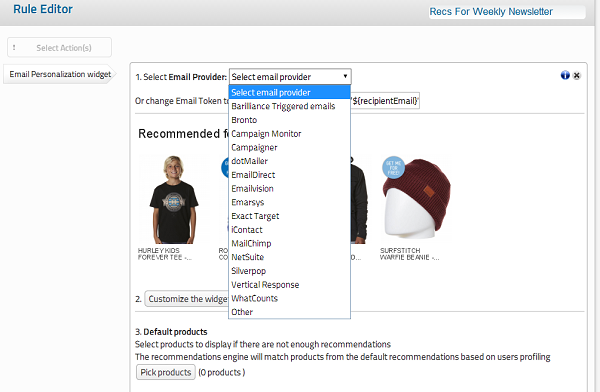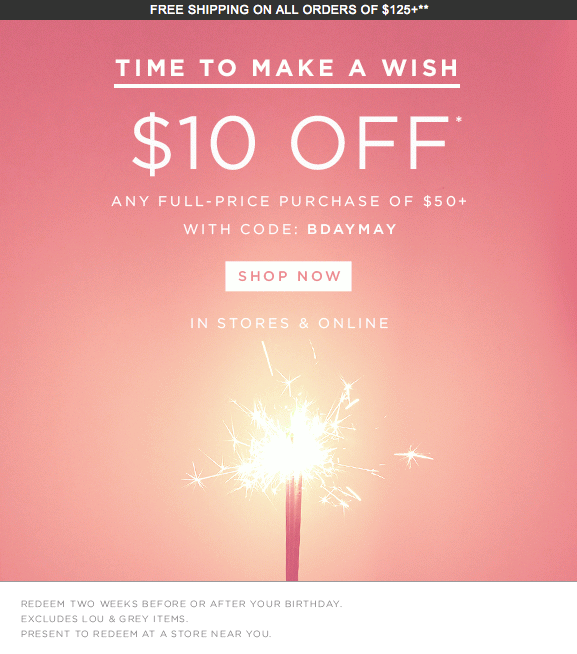By
When marketing becomes too much to handle, most businesses assume that they need to hire an employee or outsource to a contractor. But don’t be so quick to grow your payroll. It’s possible that you could automate many of these tasks with streamlined digital solutions.
4 Powerful Ways to Automate Your Marketing
By its very nature, marketing is an activity of scale. In order to successfully build up your business and grow your brand, you have to get in front of as many people as possible. But if you’re trying to handle all of your marketing efforts manually, you’re probably exhausted. There’s simply too much for any one person (or department) to handle alone. And this is where automation comes into play.
Automation – which is basically the strategic combination of software, applications, and artificial intelligence to streamline time-consuming processes and produce results at scale – is a powerful tool that is not deployed nearly enough by small businesses and growing brands. But if you can pick the right spots to automate your marketing, it could change everything.
Whether you’re nursing a small start-up or you have a booming business that’s bursting at the seams, the following solutions could provide exactly what you need at this precise moment in your company’s life:
1. Automate Email Campaigns
Did you know that more than 68 percent of businesses spend seven days or more on the production of just a single email? (It takes 14 percent of businesses a month or longer to push out an email!)
Or did you know that most companies are in the process of producing between one and five emails at a time?
We’ll let you do the math…but that’s a lot of time spent building and sending emails. And yet nobody is denying the value of email. So the question becomes, how do you automate your email campaigns so that you can enjoy the benefits without unnecessarily wasting hundreds or thousands of man-hours each year?
One answer is to leverage an email marketing platform that allows you to use automations and triggers to streamline these touchpoints. Any major email marketing platform is going to have similar features, but we’ll use a tool called ActiveCampaign to illustrate how effective this can be.
Within the ActiveCampaign platform, you can create individual campaigns that are automatically managed using “triggers.” A trigger is any event that your business can track – like subscribes, unsubscribes, form submissions, email opens, web pages visited, links clicked, purchases made, or specific dates (like a birthday or customer anniversary).
Once one of these triggers is “tripped,” you can create an automated email sequence that’s sent out to that user. This sequence can include anywhere from one message to a dozen or more (sent out at predetermined times and intervals).
Once you draft the email copy and create the campaign, it all happens automatically…at scale. Whether you have 10 people on your email list or 100,000, everything happens flawlessly. It can literally save you thousands of hours every year.
2. Automate Content Promotion
Content promotion is another time-consuming element of marketing that we hear a lot of people complain about. And while it is time-consuming, it can be automated without much effort. You simply have to develop a plan and create the right processes on the front end.
Here’s one dead-simple process you can replicate:
- Step 1: Sign up for a social media management tool like Buffer or Hootsuite, which allows you to manage all of your accounts (Facebook, Twitter, Instagram, LinkedIn, etc.) from one place.
- Step 2: Create an account for a tool called Zapier. This is an automation service that makes it easy to connect apps and create powerful automated workflows. It works great for marketing and content promotion.
- Step 3: Create an automation process (called a “Zap”) that connects your blog’s RSS feed to your Buffer or Hootsuite account. Optimize it so that your blog post is shared to each of your social networks every time the RSS feed refreshes with a new blog post.
That’s just one example of how you can automate content promotion using Zapier. There are literally dozens of other ways to spread your content without lifting a finger. If you haven’t explored these opportunities yet, you’re doing yourself a disservice.
3. Automate Customer Feedback
Customer feedback is the lifeblood of successful companies. Unfortunately, most businesses don’t collect enough data to produce meaningful insights and takeaways. And of the companies that do, just a small percentage are able to make sense of the data they collect. Automating customer feedback and analysis could be a vital decision for your business moving forward.
There are plenty of ways to automate your feedback loops, but we’ll touch on just a couple. The first approach is to use an advanced SMS text survey software like Delighted to procure instant customer feedback in a convenient and streamlined process. Here’s how it works:
- You craft a simple survey within the Delighted platform and initiate a campaign.
- Each customer receives the survey in an SMS format.
- Customers reply with a numerical score to each question.
- The Delighted platform responds with a free-form follow-up question.
- Customers can provide a more detailed explanation in their own words.
- Data is organized for easy analysis.
If you have a Zapier account, you can trigger surveys to be sent out after specific actions are completed in a customer’s lifecycle.
You may also find it helpful to automate feedback related to customer churn. (This is especially important for subscription businesses that rely on customer retention to sustain revenue.) There are tools that can be leveraged to send out exit surveys any time a customer cancels a subscription and/or fails to upgrade from a free trial. These surveys won’t do anything to keep the customer, but they can give you a good idea of why people are leaving.
A third option is to automate your feedback analysis by using a “customer sentiment” tool. Services like MonkeyLearn can “read” your feedback and effortlessly organize all responses into general theme-based buckets. This lets you identify and group common pain points, which makes it easier to track customer sentiment and address pressing issues as quickly as possible.
4. Automate Lead Generation
You might assume that automation stops at lead generation, but you’d be wrong. While there are certain aspects of lead generation that can’t be handled by an algorithm, this list is growing smaller by the year. Thanks to advanced technology and artificial intelligence, lead generation automation is more practical than it’s ever been.
Chatbots are among the fastest-growing technologies in this niche of advanced tech. They can be used to automate and enhance the overall customer experience by increasing engagement and initiating high-value touchpoints that would otherwise go ignored.
One of the more impressive use cases for chatbots involves the use of Facebook’s native Messenger platform. Because regardless of how much experience you have or what type of skills you possess, you can create interactive chatbots with no coding required.
Facebook chatbots are basically automated customer service agents/sales reps that empower your business to engage with Facebook prospects at scale. And while you’re probably not going to close deals on Facebook Messenger, these bots are excellent “setters.” They can indoctrinate prospects into the funnel and provide a steady flow of pre-qualified leads to your actual sales team.
Here are some examples of powerful ways you can leverage Facebook Messenger chatbots to assist with lead generation:
- Blast out content and share it with your most loyal followers
- Conduct quick webinar signups and get people to show up to live events
- Automate your drip campaigns and nurture leads
- Send out appointment and event reminders so that people never miss an engagement
- Provide powerful customer service (including answering FAQs and giving out directions)
As mentioned, you can build your own bots for free (and it’s relatively easy for anyone to learn). Rather than having to code, you simply create logical workflows that operate on an if/then basis. These bots can take some time to build (depending on how intricate you want to go), but will ultimately save time when deployed on a large-scale basis.
Reduce Bloat With Automation
Automation can’t solve everything, but it can provide relief in areas where you need it most. Advanced technology, like the solutions outlined in this article, prevents bloat and allows you to scale without having to continually add more people to the payroll. It’s an efficient way to manage resources and grow in a timely and sustainable manner that respects both the brand and the bottom line.
You don’t have to implement each of these solutions today, but it would be wise to take action as soon as possible. Pick one area where you stand to improve the most and put that strategy to work.
Then, once you have that piece in place, move on to another one. It’s through this diplomatic yet proactive approach that you’ll find results.
By
Frank is a freelance journalist who has worked in various editorial capacities for over 10 years. He covers trends in technology as they relate to business.






